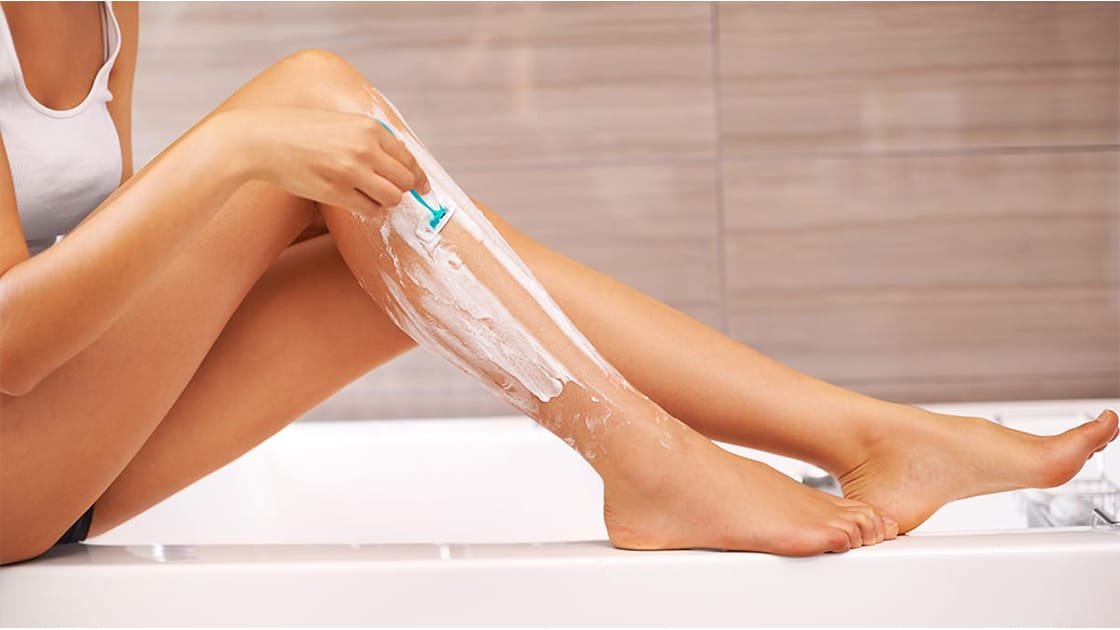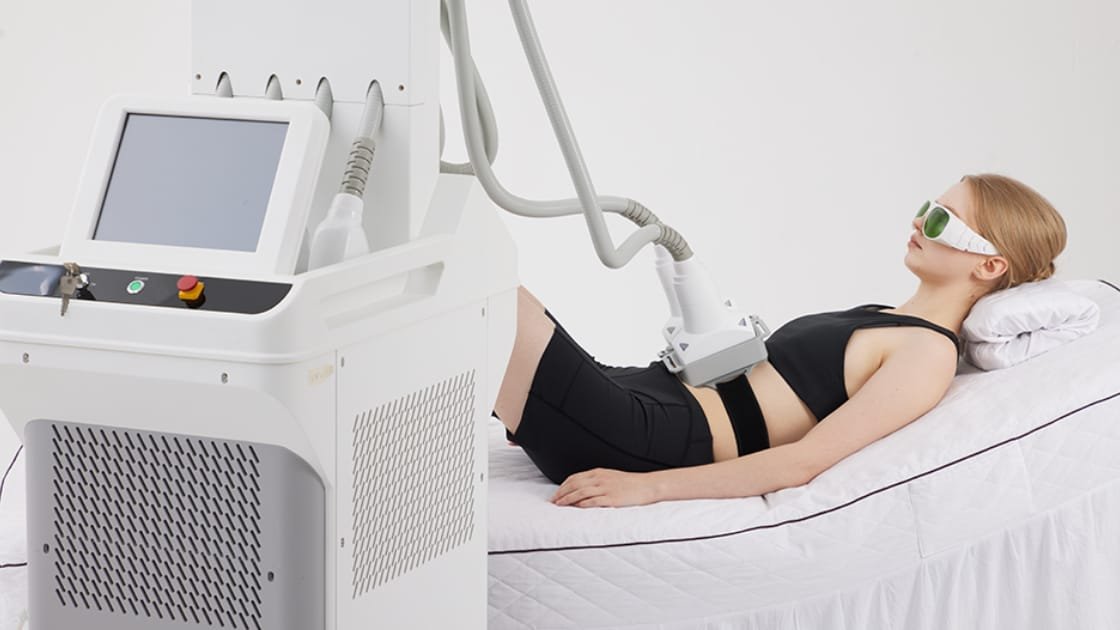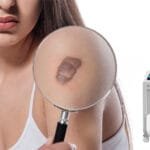Laser hair removal, is a precise and effective treatment that targets unwanted hair using focused light energy. However, to ensure the best results and minimize any potential discomfort, proper skin preparation is essential. One of the most crucial steps in preparing for laser treatment is shaving. While it may seem straightforward, shaving at the right time and in the right way can significantly impact the success of the treatment. Here’s what you need to know to get laser-ready.
The Pre-Laser Prep: Why Shaving Matters
Before your laser session, particularly for hair removal, shaving serves as a critical first step. Laser hair removal works by targeting the pigment in the hair follicles, using light energy to destroy the follicle, preventing further hair growth. If the hair is too long, the laser energy will get absorbed by the hair shaft rather than being delivered to the follicle. This reduces the treatment’s effectiveness and could even result in discomfort or burns. Shaving before a laser session is essential because it ensures that the laser can accurately target the follicles without interference. The light energy emitted by the laser will bypass any visible hair on the surface and focus on the hair deep within the follicle. Proper shaving also ensures that the skin is smooth and free from any obstructions that might affect the laser’s precision.
Timing It Right: When to Shave for Maximum Effectiveness
The best time to shave before your session is 24 hours before the treatment. This gives your skin ample time to calm down after the shave and ensures that your hair is short enough to allow the laser to effectively penetrate the follicle. Shaving too close to your appointment can cause irritation or redness, which may interfere with the laser treatment. It’s important to note that freshly shaved skin may be more sensitive, so shaving immediately before the session could lead to discomfort. On the other hand, shaving too early—days before your session—can allow hair to grow back, potentially diminishing the laser’s effectiveness. A slight regrowth of hair after shaving is ideal as it allows the laser to target the roots.
The Best Way to Shave for Laser Hair Removal
While shaving may seem like a simple task, doing it correctly is vital for optimal results. Here are some key steps to follow:
- Use a clean, sharp razor: Avoid razors that are dull, as they can cause skin irritation or leave behind stubble that could interfere with the laser.
- Shave gently: Do not press too hard on your skin. Shaving gently reduces the risk of irritation, cuts, and nicks, which could make your skin more sensitive during the laser treatment.
- Avoid shaving creams and gels with fragrances: These products may contain ingredients that irritate your skin. Instead, use plain water or a mild, fragrance-free shaving gel.
- Moisturize post-shave: After shaving, use a soothing, alcohol-free moisturizer to keep the skin hydrated. This can help to reduce irritation and provide a smooth surface for the laser to work on.
If you’re using an advanced laser system designed for hair removal, proper skin preparation with shaving is even more crucial. These systems are highly precise, and ensuring that the skin is properly prepped maximizes the effectiveness of the treatment.
Additional Skin Prep Tips for a Flawless Laser Experience
In addition to shaving, there are a few more skin preparation tips that can enhance your laser therapy experience:
- Avoid sun exposure: For at least 2 weeks before your session, stay out of the sun. Sunburned skin is more sensitive and can react poorly to laser treatment.
- Do not use self-tanning products: Tanned or darker skin can absorb more laser energy, leading to potential burns or pigmentation changes. Stick to your natural skin tone before a laser session.
- Skip lotions, oils, and deodorants: These can create a barrier on the skin, which may prevent the laser energy from targeting the hair follicles effectively.
It’s important to follow all pre-treatment guidelines to avoid complications and achieve the best results. Properly preparing your skin can help the laser focus on hair removal, maximizing the benefits and minimizing risks.
Conclusion: Smooth, Shaved, and Laser-Ready!
Shaving before laser treatment is not just a courtesy—it’s a critical part of ensuring that your treatment is effective. By shaving 24 hours in advance, using the proper technique, and following additional skin prep tips, you’ll set yourself up for success. With advanced technologies providing enhanced precision, proper preparation makes all the difference in achieving smoother, longer-lasting results. Remember, it’s not just about getting rid of hair—it’s about ensuring your skin is laser-ready for optimal results. So, shave smart, prepare well, and enjoy the glowing, hair-free benefits of your treatment.








